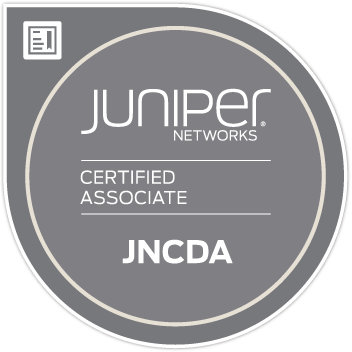Last month, I had the pleasure of spending a few minutes with John Kindervag, the industry-described “Godfather” and thought leader behind Zero Trust Networking. John developed these concepts during his tenure as Vice President and Principal Analyst at Forrester Research.
Zero Trust, rooted in the principle of “never trust, always verify,” is primarily designed to address the threats of lateral movement within the network by utilizing micro-segmentation and by redefining the perimeter as that based on user, data and location.
We are at an inflection point in the industry where Zero Trust principles are starting to take hold, and many organizations are adopting these principles in order to adopt a stronger security posture. John eloquently describes these principles in this interview.
John’s Twitter – https://twitter.com/Kindervag
John’s LinkedIn – https://www.linkedin.com/in/john-kindervag-40572b1/
More background on Zero Trust architecture – https://www.paloaltonetworks.com/cyberpedia/what-is-a-zero-trust-architecture

 Recently I set my sights on
Recently I set my sights on 